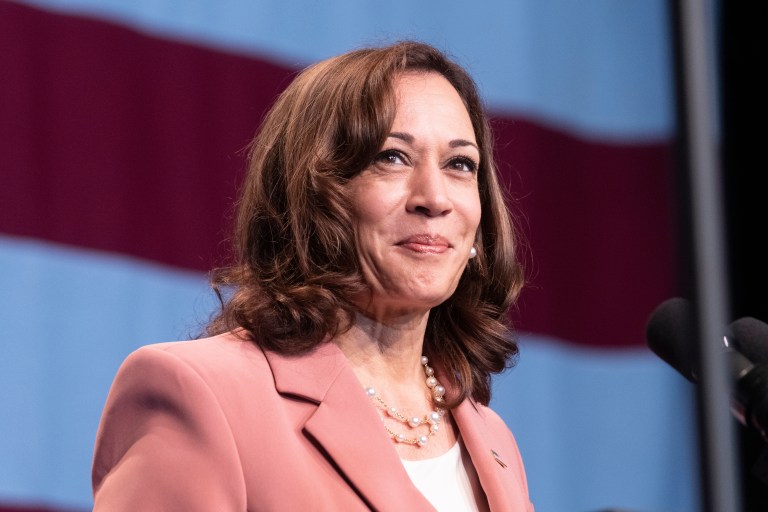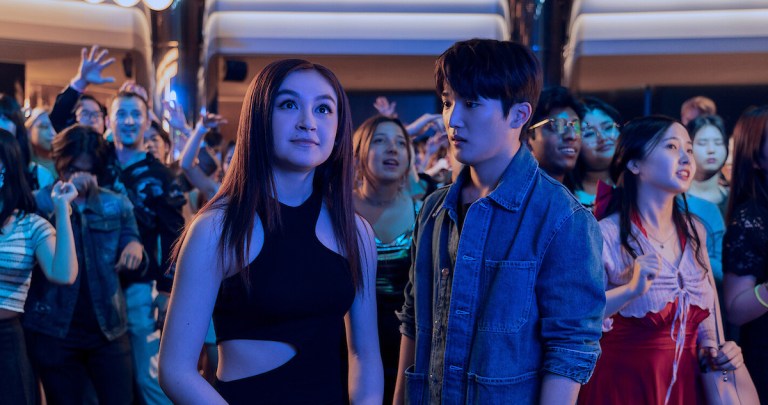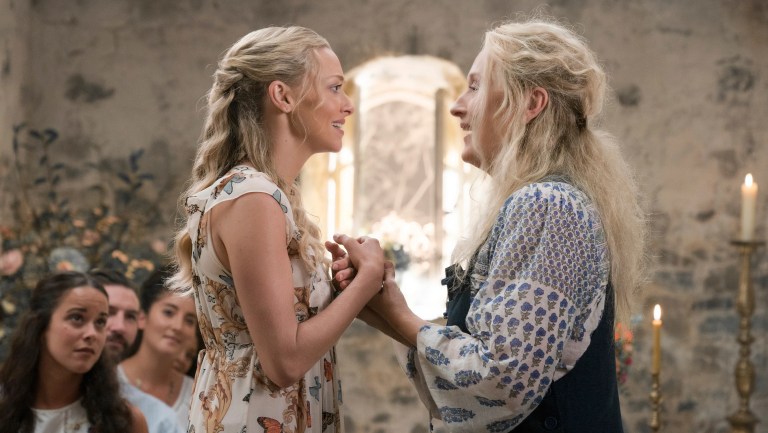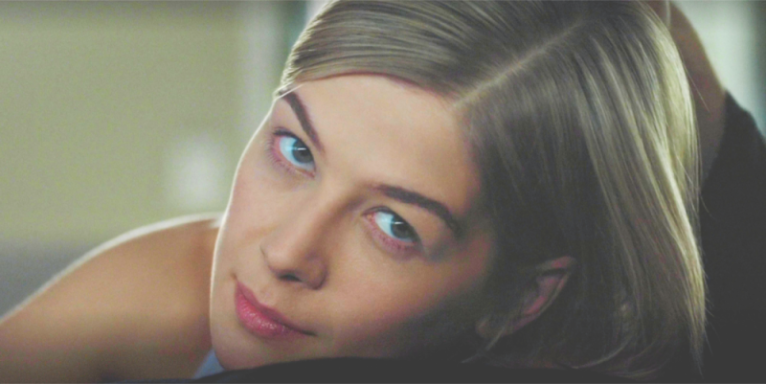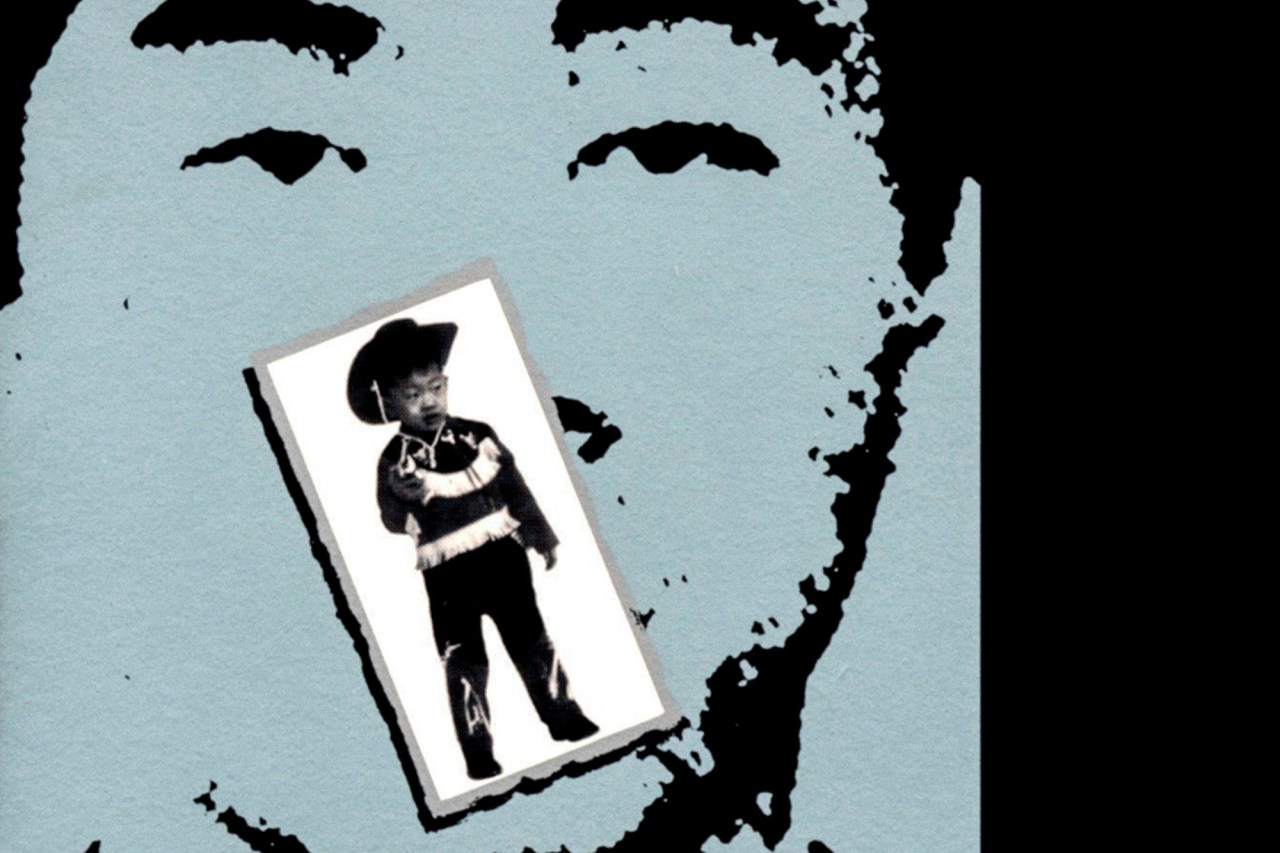
10 Essential Contemporary Books By Asian-American Writers
We’re fortunate to live in an age where Viet Thanh Nguyen wins the Pulitzer Prize in 2016 and where our literary scene can include stories that revise or even challenge the “immigrant narrative” that for years had dominated the conversation.
By ![]() Robert Yune
Robert Yune
Get yourself familiar with these Asian-American authors.
Last year, I proposed this article as a way to celebrate Asian-Pacific American Heritage Month. At the time, coming up with a top 10 list seemed like a pretty straightforward task, but the list kept expanding and the process became even more fraught as I imagined, as any modern writer must, what the comments section might look like. “How dare he include this writer but not that one?” “What exactly is he trying to prove here?” “We’ve already read all of these.”
With the deadline rapidly approaching, I attended a literary festival on a college campus. It was held in a coffee shop that was actually in the basement of an old dorm. The setting reminded me of every college party I’d ever crashed: brick walls, a rubble-strewn concrete floor, that dank earthy smell, and questionable lighting. But what struck me most was the graffiti. In what must have been some kind of tradition, everyone who lived in the dorm had spray-painted something on the walls (and archways, floor, and ceiling). It was literally and figuratively colorful, and in some places, students had revised their peers’ work. My favorite read: “Real some women have (w)hips.” It was a women’s college.
My point is that coffee shop reminds me of the current Asian-American literary scene. During a panel at the AWP conference this year, Ed Lin talked about how, growing up, it was impossible for him to find a book written by an Asian-American. Then, when he was in college, The Joy Luck Club was published, with Tan fashionably dressed, Jade earrings and all, on the back cover. And as the brightest message in our proverbial basement coffee shop, that book really changed things. Now, we’re fortunate to live in an age where Viet Thanh Nguyen wins the Pulitzer Prize in 2016 and where our literary scene can include stories that revise or even challenge the “immigrant narrative” that for years had dominated the conversation. But how to convey such a huge and vibrant scene without overwhelming the reader? I decided on a few rules:
- Short and sweet: the list had to include exactly ten books.
- No preaching to the choir: the list should be geared towards people who don’t usually read books by Asian-American authors.
- I had to actually have read the books I’m recommending (that’s why The Sympathizer isn’t included. It’s high on my reading list, though).
So, here they are:
1. Celeste Ng, Everything I Never Told You
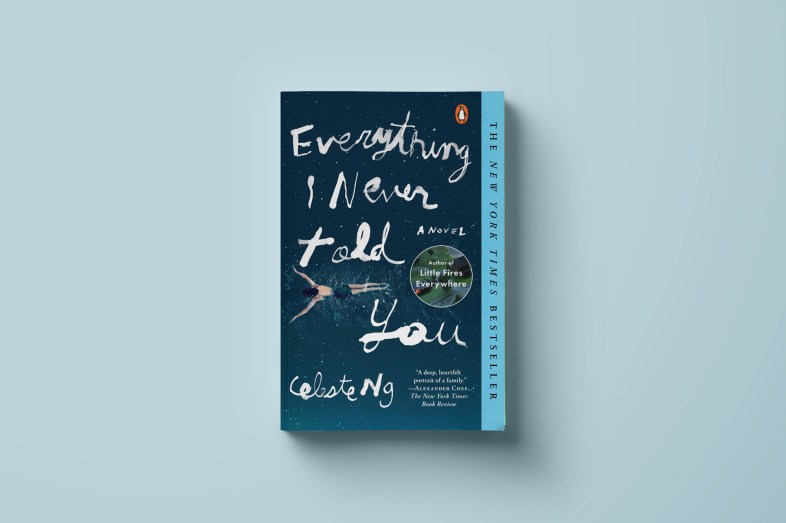
Celeste Ng’s debut novel is the story of sixteen year-old Lydia Lee, and how her family copes with the aftermath of her mysterious death. The story probes deeply into the characters’ pasts and shows how the weight of expectations and prejudice can strengthen (or destroy) relationships. EINTY draws on the suspense of a mystery novel and, in the era of tiger moms and high-stakes testing, provides a nuanced look at the ghosts that even our most well-intentioned decisions can create.
There’s a chance you’ve already read this one, especially if you’re in a book club. EINTY won several awards (among them, the Massachusetts Book Award and the Medici Book Club Prize). Relativity Studios has acquired the film rights, and if you need a celebrity cosign, Julia Roberts is a fan.
2. Don Lee, Yellow
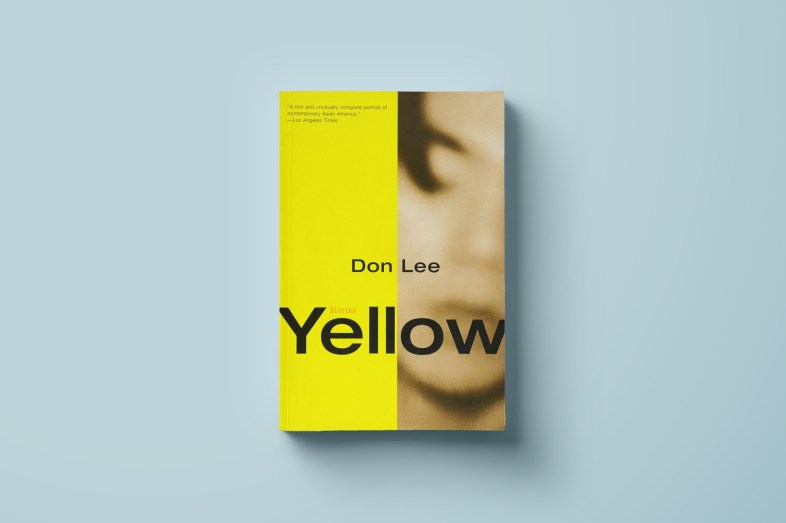
When I was in college, teachers assigned a few stories from this collection, but I didn’t really appreciate Yellow until I read the whole thing in order. Yellow is a collection of loosely interconnected short stories set in the fictional town of Rosarita Bay, California. The stories themselves are well-paced and intriguing: in “The Price of Eggs in China,” Dean and his girlfriend Caroline, a poet, find themselves drawn into an old feud when the other “Oriental Hair Poet” comes to town and Caroline starts to receive cryptic, threatening messages. In “The Lone Night Cantina,” a Korean-American woman recovering from a failed relationship discovers Loretta Lynn and Patsy Cline and goes looking for a cowboy-lover in the closest thing the town has to a Western saloon. And “The Possible Husband” follows one middle-aged man’s failed relationships through a year (from a demanding, oversexed restaurant designer to a crystallographer and finally a reference librarian) in the literary equivalent of a slow-motion self-destruction sequence.
I remember reading an interview where Stewart O’Nan said that one of the pleasures of reading fiction is to get insider knowledge. One of the things I most enjoyed about reading Yellow is the way Lee gives the reader a new perspective on (and even appreciation for) the most unexpected things: windsurfing, traditional Japanese carpentry, golf, and even country music. Another big pleasure of this book is picking up on the relationships between the different characters in the book’s small-town setting.
3. Kevin Kwan, Crazy Rich Asians
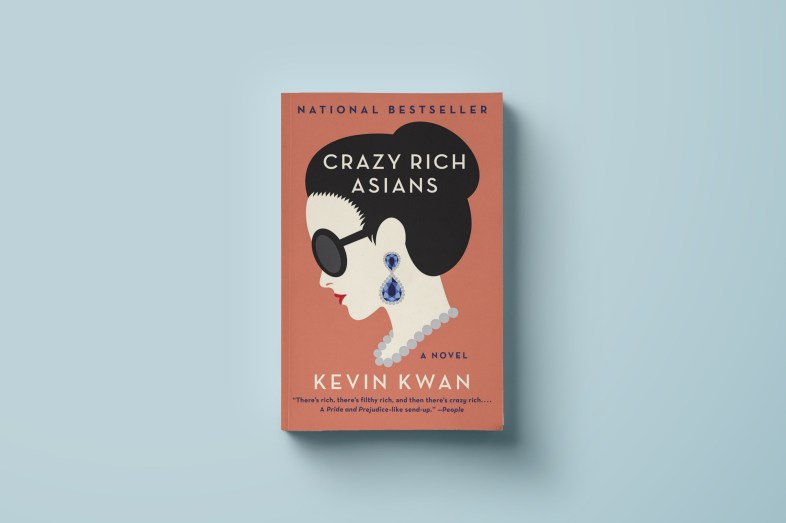
Kwan was born and raised in Singapore, but he currently lives in Manhattan, and that was enough for me to include him on this list. Also, of all the books on this list, Crazy Rich Asians is probably the most fun to read, as “crazy” applies both to “rich” and “Asians” in the book. This novel is mostly set in Singapore, “Switzerland of the East” as Nick, scion to one of the wealthiest and most secretive families in Singapore, brings his girlfriend Rachel home to finally meet his parents after two years of dating. The book does an interesting trick by acclimating you to the “imperial splendor” that is meticulously maintained by Singapore’s elite. Think houses obscured from Google Earth, Lang Lang on retainer, yoga studios on private jets, transforming molecular gastronomy—you almost get used to it, and this is almost enough for the reader to forgive Nick, who cruelly neglects to prepare Rachel for the jealousy and suspicion that awaits her on this deceptively beautiful island.
The book takes place in the shadow of an epic celebrity wedding (Nick is serving as the best man), and this allows for several fascinating set pieces. Aside from gawking at obscene levels of privilege, one-upmanship, and near-pornographic descriptions of local cuisine, the reader is allowed glimpses into elite lifestyles, such as a party celebrating the once-in-a-lifetime blooming of the tan hua flowers: “As they sat in the courtyard, the tightly rolled red petals of the tan huas unfurled like a slow-motion movie to reveal a profusion of feathery white petals that kept expanding into an explosive sunburst pattern.”
Also, this book challenges the “immigrant narrative” by (somewhat accurately) depicting Asians as some of the most powerful people on earth. It’s not always a flattering portrayal, but it’s interesting and also thought-provoking.
4. Maxine Hong Kingston, The Woman Warrior
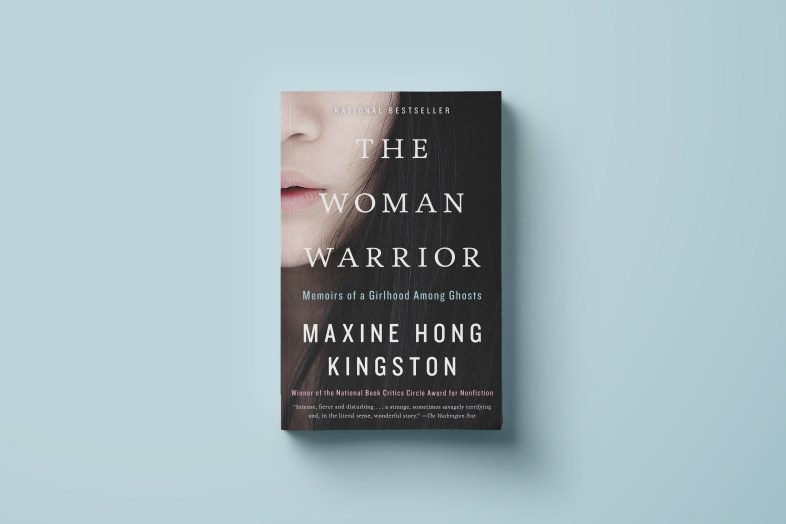
One thing I learned while making this list is that I don’t read enough nonfiction by Asian/Asian-American writers). At any rate, if you haven’t read The Woman Warrior, I highly recommend it. When I was re-reading it, I was struck by how unconventional it is, especially at the time it was published. The first chapter, the oft-anthologized “No Name Woman,” describes a family secret Kingston’s mother tells her, leaving Kingston to sort through a number of issues by speculating on motivations and thinking through cultural attitudes on fear, family obligations, and adultery. In the second chapter, Kingston adopts the persona of a mythic Chinese warrior and then compares this life to her “real” one as a poor immigrant in America. Another chapter focuses on the author’s mother, who, as the village shaman, has a number of weird and harrowing stories to pass down. In the last chapter, we get a more straightforward, introspective view as the author reflects on and makes sense of her childhood.
The book’s structure is interesting and also provides a more kaleidoscopic view of mythology, race, and history. But for me, the best reason to pick up this book is the gorgeous writing, full of beautiful and terrifying imagery. In this passage, villagers in China decide to punish a woman who became pregnant while her husband was away in America:
On the night the baby was to be born the villagers raided our house. Some were crying. Like a great saw, teeth strung with lights, files of people walked zigzag across our land, tearing the rice. Their lanterns doubled in the disturbed black water, which drained away through the broken bunds. As the villagers closed in, we could see that some of them, probably men and women we knew well, wore white masks. The people with long hair hung it over their faces. Women with short hair made it stand up on end. Some had tied white bands around their foreheads, arms, and legs.
5. Linda Sue Park, A Single Shard
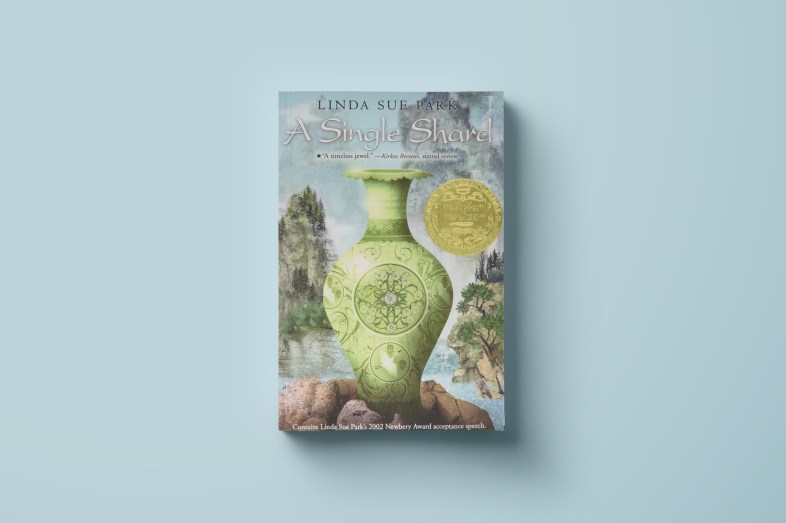
Since so many readers out there are younger, I thought I’d include one book for the “age 9 and up” crowd.
A Single Shard follows Tree-ear, a Korean orphan who lives in poverty under a bridge. After spying on a master potter in a nearby village, Tree-ear accidentally breaks a pot and must serve as an apprentice to pay back the debt. Through the process, the tasks that Tree-ear is given become more challenging until one day, he’s sent on an important mission to the king.
This is a story about friendship and sacrifice, and, matching its expert pacing and characterization, it’s also a book celebrating craft and the enduring power of art. Per the website (which contains a wealth of supplementary materials), this book is also “inspired by historical facts and events.” If that isn’t enough to convince you to get a copy for a young person in your life, A Single Shard won the Newbery Medal in 2002.
6. Chang Rae-Lee, Native Speaker

As a young writing student in college, I can’t begin to describe the effect this book had on me. I think it was mostly a combination of having never read a book by another Korean-American, plus the book’s brutal truths, as well as the sheer lyricism of the narrator. I can still remember how I felt when I read the passage where Harry is cleaning out his father’s house following his death.
Native Speaker is Lee’s debut novel. It follows Henry Park, a corporate spy who infiltrates the campaign of a rising Korean-American politician. As a Korean-American immigrant, Park must come to terms with a complicated series of allegiances—to America, to other immigrants, and to his own family. It won several awards, including the PEN/Hemingway Award for Best First Novel, and led to a long, illustrious career (Lee served as director of Princeton’s Program in Creative Writing and now teaches at Stanford).
7. Paul Yoon, Once The Shore
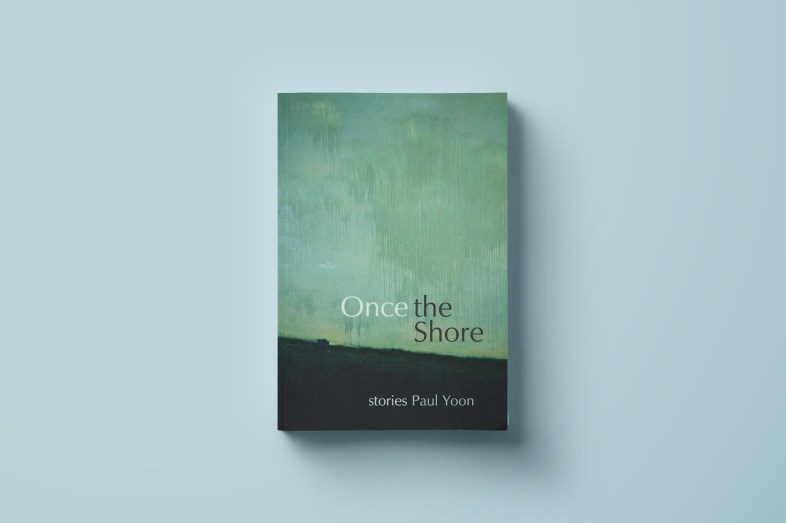
This collection, which won the National Book Foundation’s 5 under 35 Award, contains eight interconnected stories set on a fictional island off the Korean coast. I’ve read it three times now, and I keep coming back for its imagery. Yoon has a gift for describing explosions and ugly things, such as corpses in trees, in a beautiful way. The stories themselves take place in different time periods, notably during WWII. In “The Woodcarver’s Daughter,” a young woman from the island falls in love with an interpreter who has gone AWOL from the US Army. In “Once the Shore,” a widow tries to reconnect with her husband, who last visited the island during a military tour during the war.
Yoon’s collection is gorgeous and slow-paced, making it best for fall or winter evenings. One thing that’s always impressed me about this book is that, when I’m done, I feel as if I’ve just returned from a long visit to this island. I have to keep reminding myself that it isn’t real.
8. Matthew Salesses, The Hundred Year Flood

I heard Matt read from his book Our Island of Epidemics at a crowded, noisy dive bar several years ago. This was during the heyday of the indie lit scene, and everyone was doing impressively weird things with language, but Salesses’ imagination in creating a strange-yet-relatable fictional landscape made me think, This guy is going places.
Salesses spent ten years writing THYF, which is about a Korean-American adoptee named Tee who flees to Prague after an intense family-related catastrophe which led to his uncle’s suicide. In Prague, Tee works through his issues in the shadow of a looming, massive flood.
I loved this book—Salesses did a great job capturing the post-9/11 malaise from a unique perspective, and the book’s also an interesting rumination on memory—on both a large and a small scale.
9. Dilruba Ahmed, Dhaka Dust
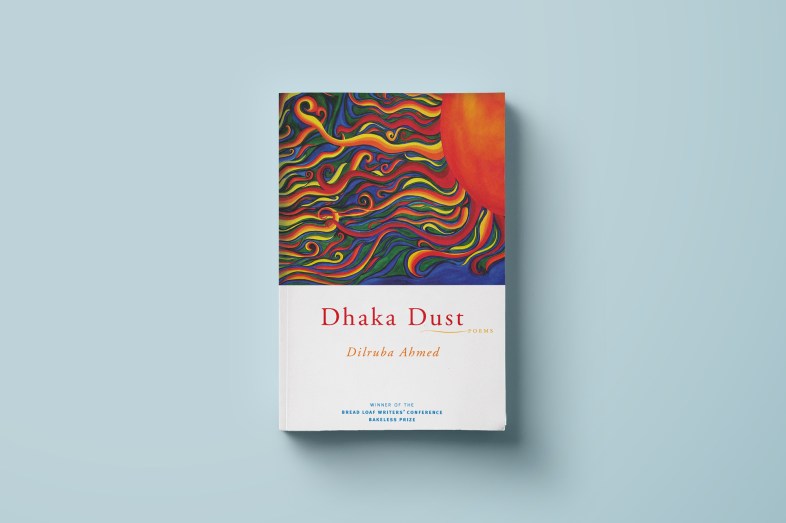
Many high schools don’t teach poetry anymore, so when I teach introductory creative writing courses, I’m often introducing students to poets for the first time. Dilruba Ahmed is a Bangladeshi-American poet who was born in Pennsylvania and raised in Ohio. I love Dhaka Dust because of the nuanced way it challenges the easy concept of “home,” whether that means the bazaars of Bangladesh or cities in the rust belt. Her poems are both familiar and comfortable, but they also somehow manage to feel new and unexpected.
My favorite poem from this book, “Dhaka Bazaar Before Departure” isn’t online, but if you want to get a sense of Ahmed’s writing, there’s something about the honest reverence and gorgeous image that closes “Petition,” the slow-motion imagery in “New Year,” and the unabashed, ardent desire in “Ghazal.” Dhaka Dust won of the 2010 Bakeless Literary Prize for poetry.
10. Ocean Vuong, Night Sky With Exit Wounds

My grandmother recommended Ocean’s poetry to me after hearing an interview with him on NPR, so I just started my obsession with his debut collection. Vuong writes about a number of topics (notably the “American War,” as it’s called in Vietnam), and he has a gift for placing the right detail in just the right spot, with the power of a depth charge or a splinter under the fingernail. In his most memorable poetry, the fragments are the perfect representation of trauma, and in some poems, the arc towards reflection suggests hope and reconciliation. My three favorite OV poems are “Trevor” (look at how he packs so much characterization—and sadness—into a single line), “Someday I’ll Love Ocean Vuong,” and “Aubade with Burning City” (dude is not messing around).
If you’re still reading, I should mention that Amy Tan and Jhumpa Lahiri didn’t make the list simply because I’m guessing (or hoping) most people have already read them. There are so many great Asian-American writers that only listing ten of them pained me physically. And in the end, I couldn’t do it. Here are three more Asian-American writers, each on the Thought Catalog Books roster, who are worth checking out:
1. Matthew Salesses, Different Racisms

I’ve already introduced Matt as a fiction writer, but his nonfiction work is also worth checking out. This collection of essays, which balance personal anecdotes with reflections on culture (pop and otherwise), was released in 2014. In the age of “digital yellowface,” Hollywood whitewashing, and Fresh Off the Boat, this 55-page collection of essays is still as relevant as ever.
2. Mink Choi, Faithless
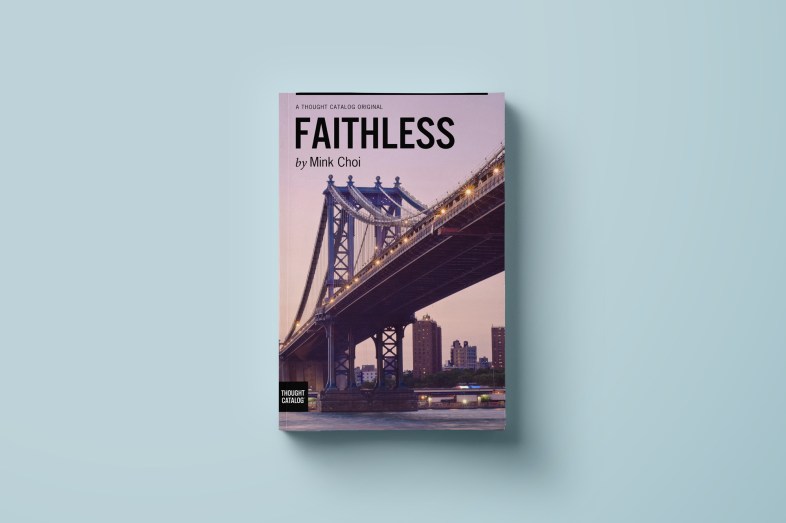
I didn’t have space to mention this during the descriptions, but most of the writers I’ve listed are also great literary citizens. Don Lee was Editor-in-Chief of Ploughshares for 17 years and helped introduce a number of talented writers to the world. Chang Rae-Lee directed Princeton’s Writing Program, guiding a new generation of talented writers. And Mink Choi, as the former Book Publisher of Thought Catalog Books, introduced a number of established and up-and-coming voices into the conversation. Faithless, a whirlwind of a novella, is the story of a twenty-something woman named grace who is dealing with heavy issues related to sexuality and abuse. The novella is told in intense fragments, which convey the piece’s intensity but are organized enough to carry the reader through the intense journey.
3. Robert Yune, Eighty Days of Sunlight

I’m not going to heap praise on my own debut novel, but this book is about how, after a childhood “accident” involving a campfire and a bullet, Jason Han moves in with a retired doctor in Princeton, NJ while the rest of his family moves back to their factory town near Scranton, PA. After both brothers graduate from high school, they take a job in the factory where their father worked in order to investigate his suicide. If you’re interested in working-class issues, pastoral violence, Pittsburgh, or Asians in odd places, this might be the book for you. Also, it was recently nominated for the 2017 International Dublin Literary Award (other nominees include Dave Eggers, Chimamanda Ngozi Adichie, and Alice McDermott). ![]()

